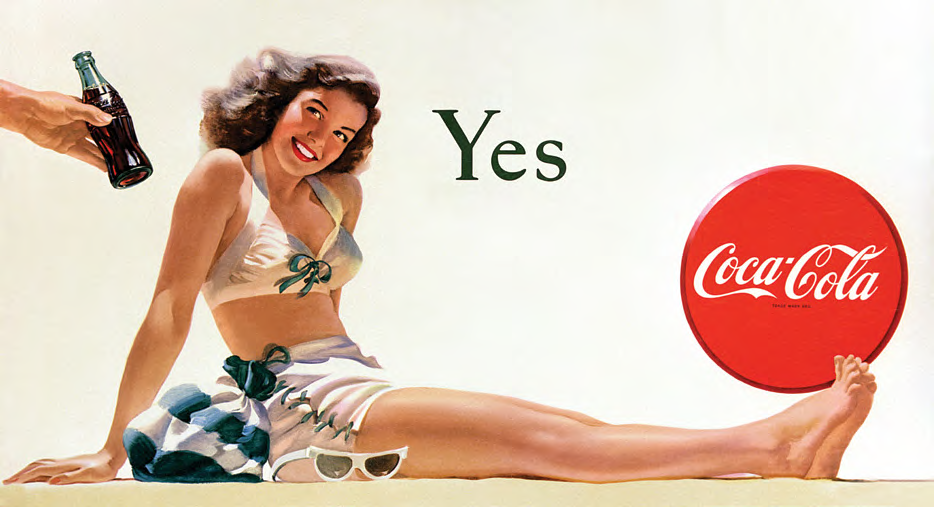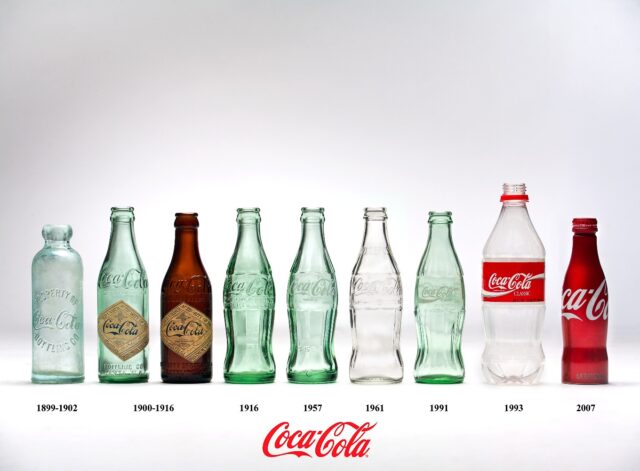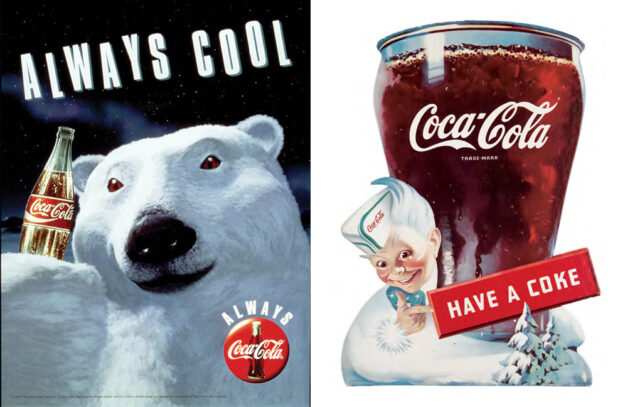
Coca-Cola celebrates 132 years around the world and revels in its status as one of the world’s best loved brands. The history of Coca-Cola has become something of a legend as have the various anecdotes about the brand and its associated symbols. Coca-Cola captured people’s imagination in Sri Lanka first in April 1961, when it was launched in the country. Since then, it has become one of the most loved beverages in the island-nation.
Following the introduction of Trademark Coca-Cola, other global brands were added to the company portfolio including Coca-Cola Light, Coke Zero, Sprite, Sprite Zero, Fanta, Portello, Cream Soda, Lion Soda, Lion Ginger Beer and Kinley water which provide consumers across the island with a variety of delicious and hydrating beverage options. A must-have at every celebration, Sri Lankans can’t get enough of the brand’s wide portfolio of refreshing beverages and the buzz surrounding it.
In Sri Lanka, responding to consumer demand the company launched Sugar-Free options for all its sparkling and fruit flavored beverages. While Coke Zero and Sprite Zero were launched in 2017 Fanta, Portello, Cream Soda and Lion Ginger Beer, were introduced early this year providing consumers with more choice to enjoy the drinks’ natural flavors and a great, fruity taste without the calories. Coca-Cola Beverages Sri Lanka Ltd. is the first company in Sri Lanka to offer sugar free variants of all their great tasting beverages.

Its 132nd anniversary is a great occasion to browse through some fun facts about The Coca-Cola Company:
- American John Stith Pemberton created the original formula for Coca-Cola on May 8th, 1886. Creator Dr. John Pemberton’s new beverage was first sold at Jacobs’ Pharmacy in Atlanta, GA, close to where the headquarters stand today
- Frank Robinson was the one who wrote the name joining the two “C’s” in Spencerian script, because he thought it would work well in advertising. 132 years later, Coca-Cola still uses the very same script, the same logo, and delivers the same refreshing and delicious taste and brand promise.
- The first year Coca- Cola was sold, in 1886, sales averaged a modest nine drinks per day. Today, 1.9 billion servings of Coca -Cola Company products are sold each day.
- The portfolio comprises of over 4100 products and over 500 brands, including 21 billion-dollar brands.
- In 1887, Coca-Cola was promoted through an innovation developed by The Coca-Cola Company – coupons, providing free samples of the new drink.
- When large-scale bottling began in 1899, in Chattanooga, Tennessee – marking the beginning of what is today the worldwide Coca-Cola bottling system – The Coca-Cola Company leader Asa Candler was so sceptical about the success of bottling Coca-Cola that the Company charged only $1 for the bottling rights, known best as, the ‘Deal of the 19th’
- In 1906, the first three countries to bottle Coca-Cola outside the United States were Canada, Cuba and Panama.
- A Coca- Cola bottling plant opened in the Philippines in 1912, the first in Asia.
- In 1977, the contour bottle was granted registration as a trademark by the U.S. Patent and Trademark Office.
- Introduced in 1993, the Coca-Cola Polar Bear has become a favourite part of Coca-Cola advertising, and can be seen in person at the World of Coca-Cola in Atlanta.
- The six-pack carrier, though common today, was an innovation developed by the Coca-Cola system in 1923. It was created to encourage people to take bottles of Coca-Cola home and drink it more often.
- Until 1955, The Coca-Cola Company had only one product – Coca-Cola. In 1955, Fanta was introduced in Italy.
- History was made in 1982 with the introduction of Diet Coke, the first extension of the Coca-Cola and Coke trademarks. Within two years, Diet Coke had become the top low-calorie soft drink in the world, a position the brand maintains today.
- On July 12, 1985, Coca-Cola became the first soft drink to be consumed in space when astronauts tested the “Coca-Cola Space Can” aboard Space Shuttle Challenger.
- Did you know the paintings used in Coke advertising in the mid-1900s helped create the modern image of Santa Claus? Thanks to artist Sandblom and Coke’s beautiful creation, the snowy white-bearded man, with his rosy cheeks and warm smile that radiates happiness, people around the world have grown to love and cherish a powerful image of Santa that has lived on to delight children and adults alike for nearly a century.

The concept of sustainable development is at the heart of Coca-Cola in Sri Lanka. Coca-Cola implements initiatives to promote societal wellbeing through Sustainable Communities of which three major objectives are; Water Stewardship, Economic Empowerment of Women, and Waste Management. Earlier this year, in January Coca-Cola announced an initiative called “World Without Waste”. World Without Waste is the Coca-Cola Company’s global goal to help collect and recycle the equivalent of 100% of its packaging by 2030. This goal is the centerpiece of the company’s new packaging vision in Sri Lanka as well. Through this the Coca-Cola system in Sri Lanka intends not only to make packaging 100% recyclable but also collect and recycle the equivalent of 100% of its packaging in the country and work towards a cleaner and better environment. Our immediate priority and focus through our waste management program entitled ‘Give Back Life’ is the recovery and recycling of plastic PET bottles. Through this program, collection initiatives have been executed along with the government authorities and a roadmap is in place to ensure all the PET bottles Coca-Cola Beverages Sri Lanka Ltd. produces is collected and recycled.


